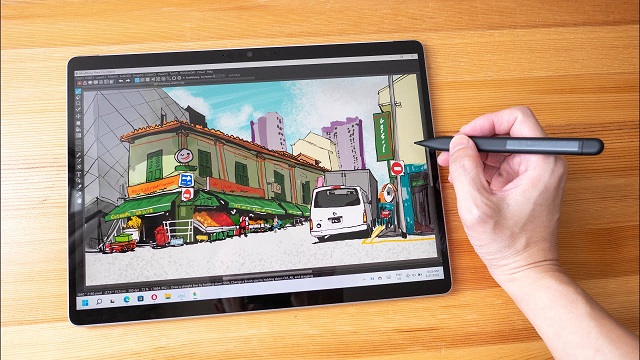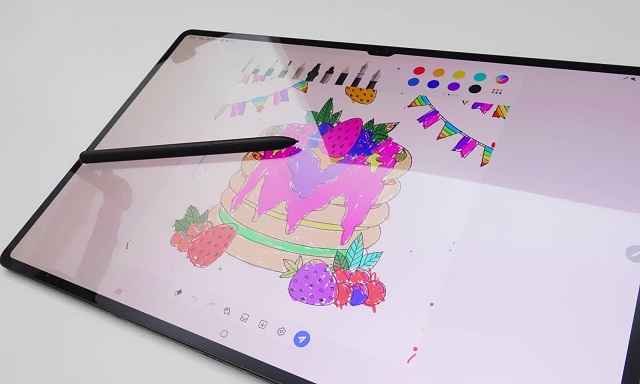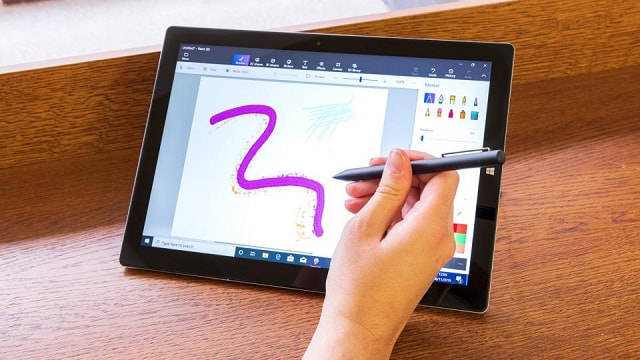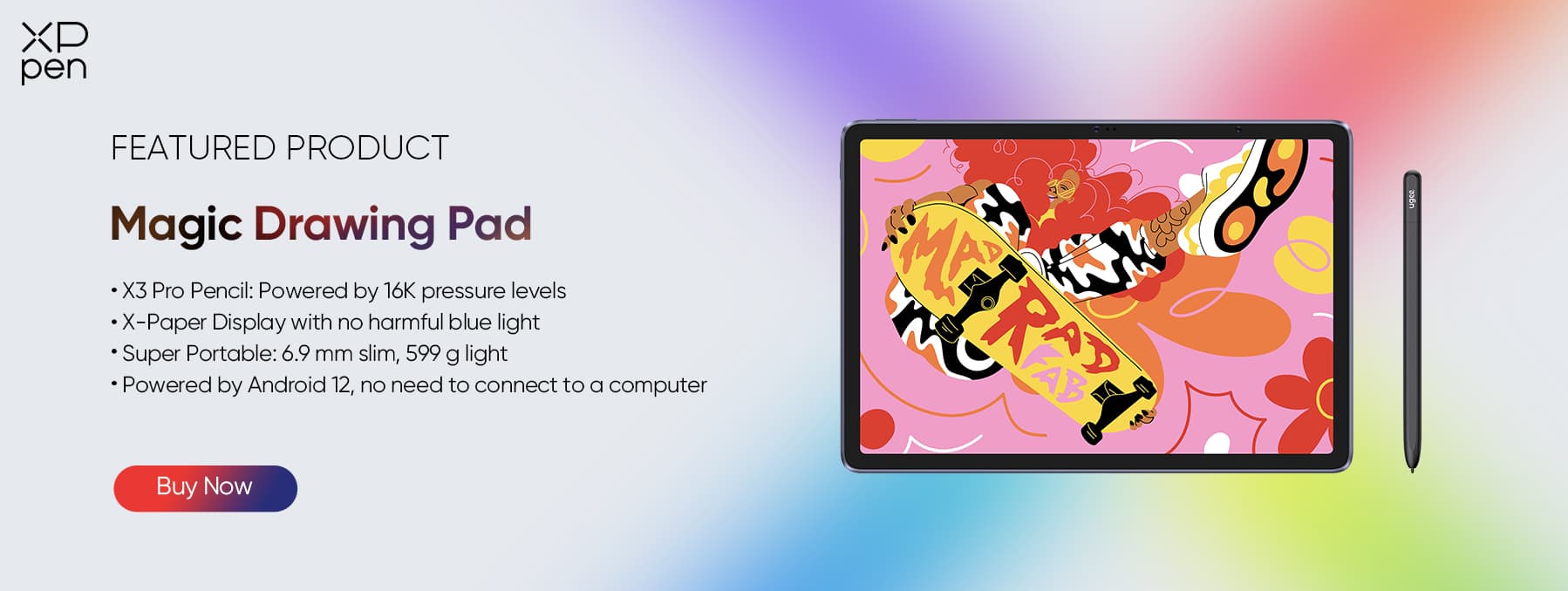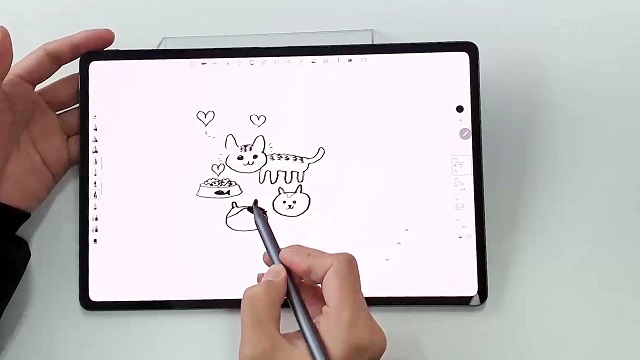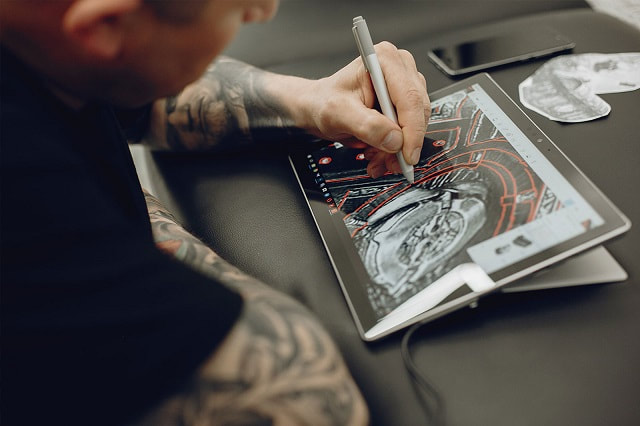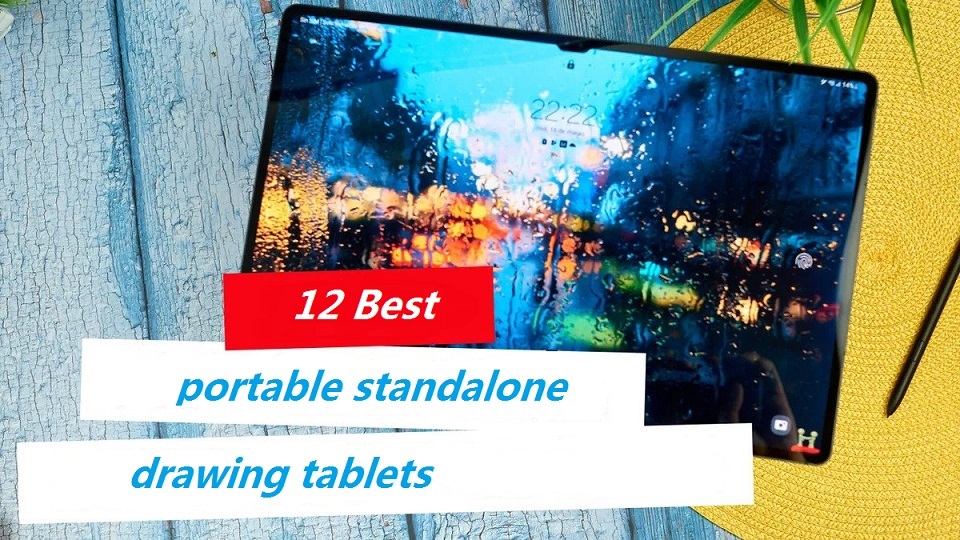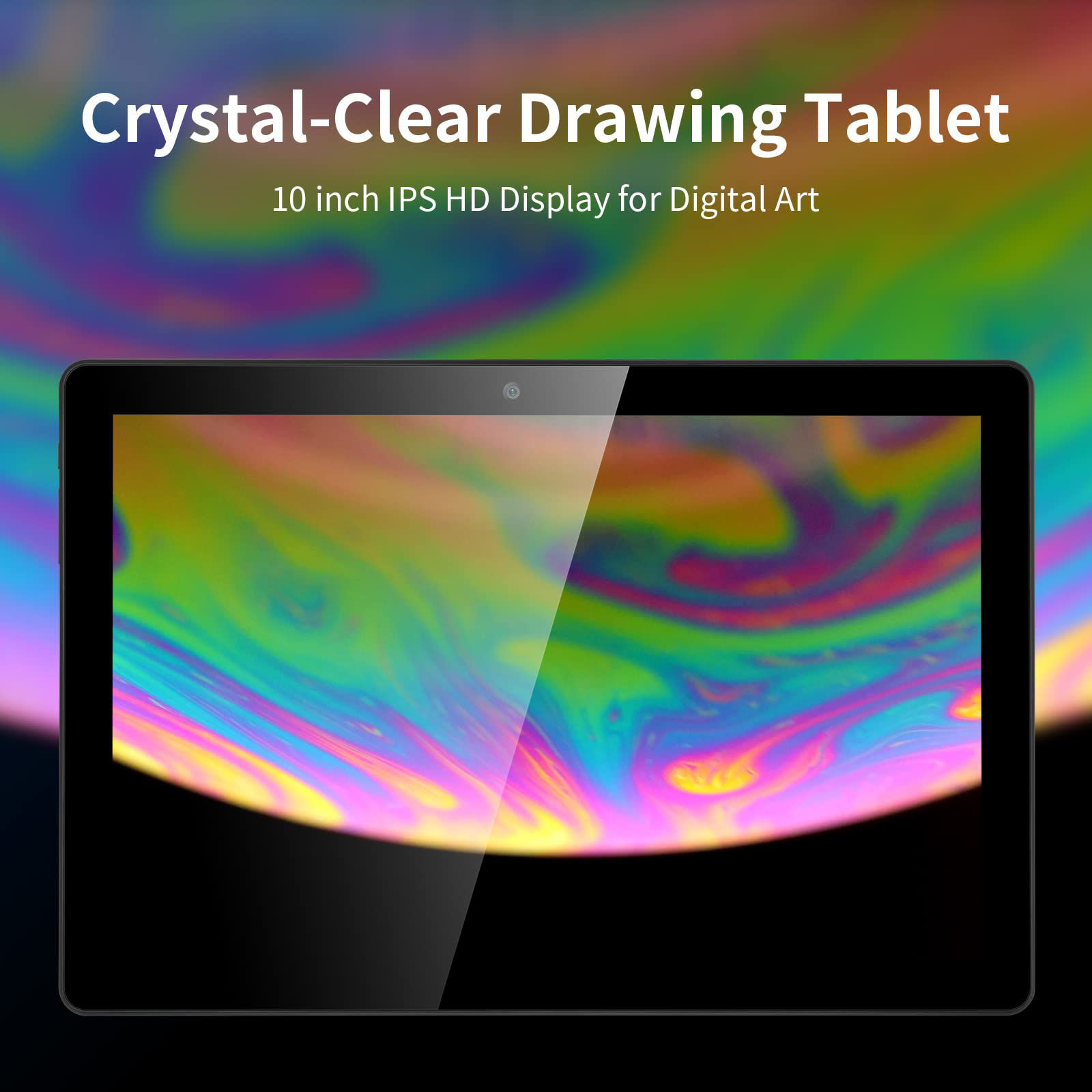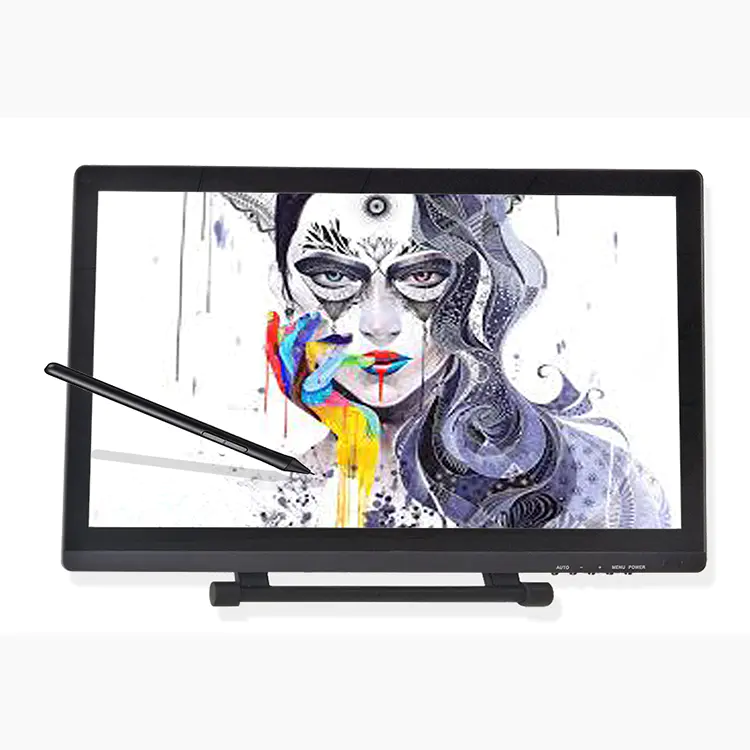Portable Drawing Tablet Without Computer

The art world is witnessing a significant shift, moving beyond traditional studios and cumbersome setups. Artists are increasingly seeking tools that offer freedom and flexibility. At the heart of this transformation lies the emergence of portable drawing tablets that operate independently of computers, revolutionizing the creative process for professionals and hobbyists alike.
These standalone devices, often referred to as 'all-in-one' tablets, combine the functionalities of a digital canvas, processing unit, and software into a single, self-contained unit. This article delves into the capabilities, impact, and future of these innovative tools, examining how they are reshaping artistic workflows and opening new avenues for creative expression.
The Rise of Standalone Drawing Tablets
For years, digital artists were tethered to their desktops, requiring a computer to power their drawing tablets and run specialized software. This constraint limited their mobility and made on-the-go creativity a challenge.
Standalone tablets eliminate this dependency, offering a complete digital art studio in a portable form factor. These devices typically feature high-resolution displays, pressure-sensitive pens, and robust internal processing power capable of running professional-grade art applications.
Key Features and Functionalities
These tablets boast impressive specifications. High-resolution displays with excellent color accuracy are crucial for detailed artwork. Pressure sensitivity, often exceeding 8,000 levels, allows for nuanced brushstrokes and precise control.
Internal storage, ranging from 64GB to 512GB or more, accommodates large project files and extensive libraries of brushes and assets. Wi-Fi connectivity enables cloud storage and collaboration, while some models also offer cellular capabilities for internet access on the go.
Operating systems, typically Android or a customized Linux distribution, provide access to a wide range of art applications. Pre-installed software often includes drawing, painting, and photo editing tools, catering to diverse artistic needs.
Impact on the Art World
The impact of standalone drawing tablets is multifaceted. They empower artists with unprecedented mobility, allowing them to create anywhere, anytime.
Landscape artists can sketch directly from nature, capturing the fleeting beauty of a sunset or the intricate details of a forest. Illustrators can work on character designs while commuting or during travel, maximizing their productivity.
Concept artists and designers can quickly iterate on ideas during brainstorming sessions, without the need for a full computer setup. This newfound freedom fosters a more fluid and spontaneous creative process.
Perspectives from Artists and Industry Experts
"The ability to work on my art without being chained to my desk has been a game-changer," says Sarah Chen, a freelance illustrator. "I can now sketch in cafes, parks, or even on airplanes, turning downtime into productive art time."
According to a report by Technavio, the global digital art market is projected to grow at a CAGR of over 8% between 2022 and 2027, driven in part by the increasing adoption of portable drawing tablets. This growth reflects the expanding accessibility and appeal of digital art creation.
Michael Davies, a product manager at a leading tablet manufacturer, notes, "We're seeing a surge in demand for standalone tablets, particularly from professionals who value portability and performance. Artists are realizing that they no longer have to compromise between convenience and creative power."
Challenges and Future Trends
Despite their advantages, standalone drawing tablets are not without their challenges. Cost remains a barrier for some artists, as high-end models can be significantly more expensive than traditional drawing tablets that require a computer.
Software compatibility can also be an issue, as not all desktop art applications are available or fully optimized for mobile operating systems. Battery life is another consideration, as intensive drawing sessions can drain the battery quickly.
Looking ahead, advancements in processor technology, display technology, and software development are expected to further enhance the capabilities of standalone drawing tablets. Improved battery life and reduced costs will make these devices even more accessible to a wider audience.
The integration of augmented reality (AR) and virtual reality (VR) technologies could also open up new avenues for creative expression. Imagine sketching in a 3D environment or collaborating with other artists in a virtual studio, all on a portable device.
In conclusion, standalone drawing tablets are transforming the art world by offering artists unparalleled freedom and flexibility. As technology continues to evolve, these devices are poised to become even more powerful, versatile, and essential tools for creative professionals and enthusiasts alike. The future of digital art is undoubtedly portable.

